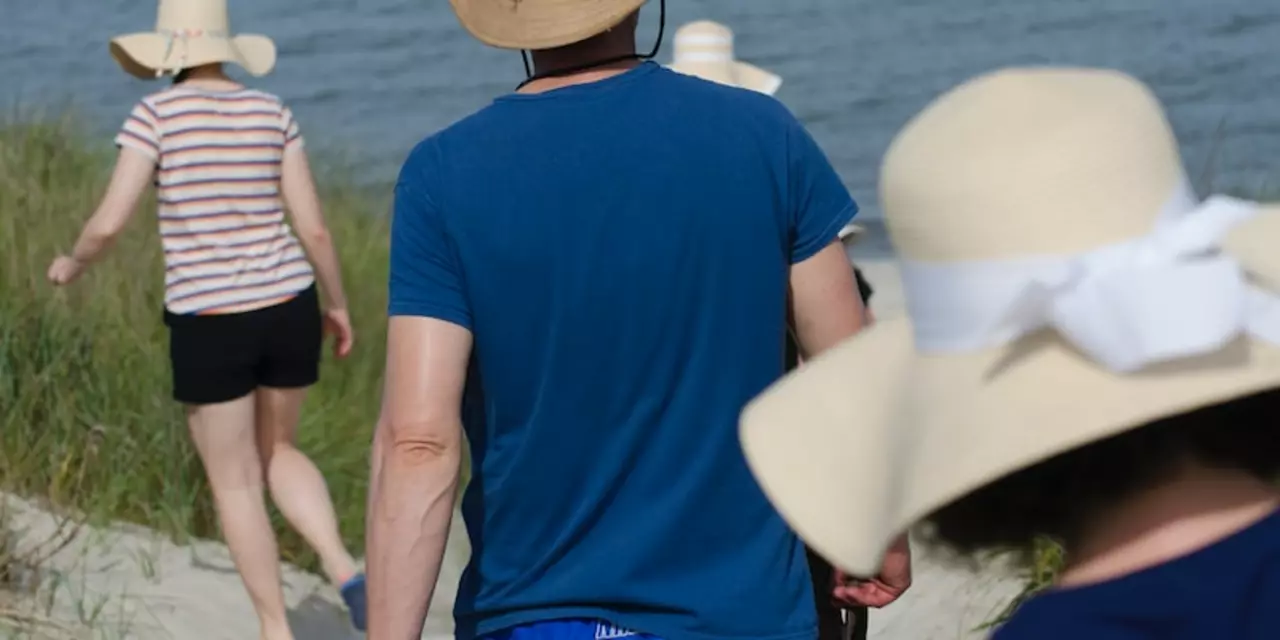Sunscreen: Real-World Tips and Science-Backed Skin Protection
Most people slap on sunscreen because they know it's supposed to keep their skin safe. But how well do you really know your SPF? There’s a lot more to smart sun protection than just grabbing any old bottle off the drugstore shelf. Ever get burned even after applying sunscreen, or wonder why your face still gets patchy tan lines? That’s where the real info kicks in.
First, not all sunscreen is built the same. The numbers—SPF 15, 30, 50—aren’t just marketing; they show how much longer you’re protected before burning compared to bare skin. SPF 30 blocks about 97% of UVB rays, but that doesn’t mean you can bake in the sun for hours. Most folks forget to reapply after swimming or sweating, which is where things go sideways. Waterproof isn’t the same as sweatproof—always check the label.
Chemical and mineral sunscreens work differently. Chemical ones, like avobenzone or oxybenzone, absorb UV rays. Mineral (or physical) blockers, like zinc oxide or titanium dioxide, sit on your skin, bouncing rays away. Got sensitive skin or worry about breakouts? Mineral is usually gentler. That’s why you’ll see zinc-based creams in baby sections.
The way you put sunscreen on matters. Two quick squirts aren’t enough for your arms and face. Experts often say you need about a shot glass full (roughly 30ml) for your whole body. Miss a spot? That’s where burns sneak in. Always cover ears, backs of knees, and even the scalp for bald spots or thinning hair.
Don't trust cloudy days or glass to save you—UV rays cut through clouds and windows. Plenty of folks end up with sun damage from long car rides or sitting by a window at work. Daily sunscreen isn’t just for people at the pool; city strolls, outdoor sports, or dog walks all add up over time.
Kids need extra care. Their skin burns faster and easier. Choose broad-spectrum sunscreens with at least SPF 30, and reapply every couple hours. Clothes help, too—hats, long sleeves, and sunglasses block extra rays you miss with lotions.
Thinking about mixing sunscreen with makeup or moisturizers? Some combos dilute the protection. Layering a true sunscreen under your makeup is safer than relying on a foundation with SPF 15.
Choosing a sunscreen shouldn’t be complicated. Go for broad-spectrum, reapply every 2 hours, and always toss last year’s bottle—it can break down and not protect the way you expect. And if you have dark skin, don’t skip it—though you might not burn as fast, risk of long-term damage and skin cancer is still real.
Want the latest tips on skin care? Explore more on BMPHARMACY.COM for trusted, no-nonsense advice.
How do we protect our skin from the sun?
Protecting our skin from the sun is important for maintaining healthy, youthful-looking skin. The best way to protect our skin is with a combination of avoiding sun exposure, wearing sun-protective clothing, and applying sunscreen. To avoid sun exposure, try to stay in the shade when the sun is at its strongest and wear a hat to protect your face. Long-sleeved shirts, pants, and sunglasses can also provide protection from the sun’s harmful UV rays. Lastly, sunscreen should be applied liberally before heading outside and reapplied every two hours. With a few simple steps, we can protect our skin from sun damage and keep it looking and feeling healthy.
Why do people put on sunscreen?
Sunscreen is a product used to protect the skin from harmful ultraviolet rays from the sun. It is important to wear sunscreen to prevent skin damage, such as sunburn, premature aging, and skin cancer. Sunscreen also helps prevent sunburn and sun damage to the eyes. Sunscreen should be applied 15-30 minutes before going outside and should be reapplied every two hours, or after swimming or sweating. It is also important to choose a sunscreen that is SPF 30 or higher and is labeled "broad spectrum" to provide the best protection.
